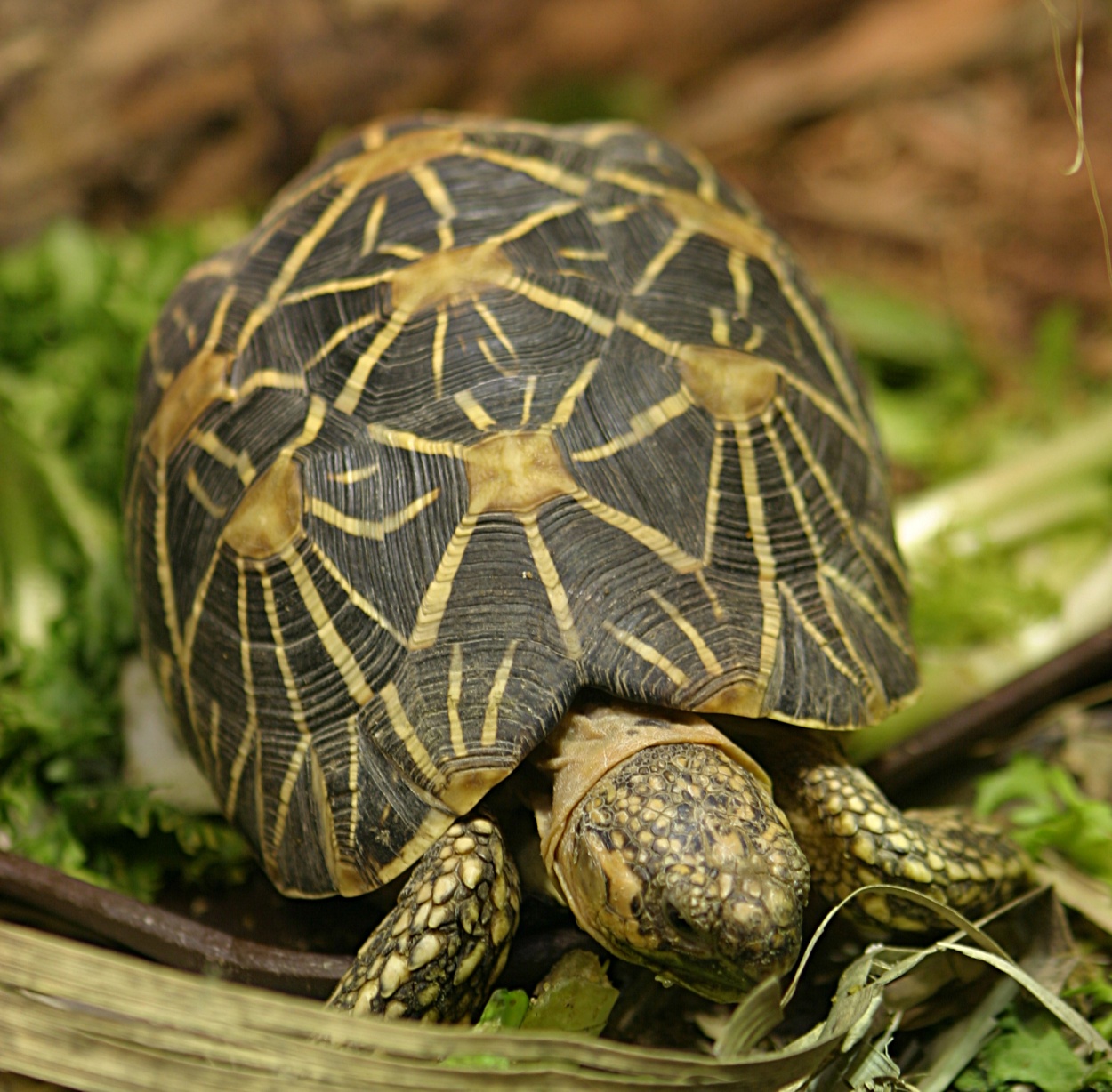If you've ever seen a ladybird waggling its legs frantically in the air while it struggles on its back, you'll know that some animals with hard round shells can get themselves into serious trouble if they are accidentally flipped over. Beetles tend to use their legs or wings to save themselves from the tricky situation, and flat-shelled turtles that live in freshwater have long, muscular necks that they use to flip themselves back over if they happen to get accidentally turned onto their backs.
But there's another group of shelled animals that have much more trouble righting themselves - tortoises and turtles that live on land have much shorter legs and necks and some of them have real trouble getting off their backs - indeed, early explorers and sailors used to take giant land turtles with them on long journeys across the oceans as a source of fresh meat, keeping upside down so they wouldn't wander off around the ship.
 Now scientists from the Budapest University of Technology and Economics in Hungary have conducted a study of land-based turtles in the wild and developed a mathematical model of how well different shaped shells can naturally right themselves if turned over - so, essentially, if you pushed an empty shell along the ground, how likely is it that it would land right way up.
Now scientists from the Budapest University of Technology and Economics in Hungary have conducted a study of land-based turtles in the wild and developed a mathematical model of how well different shaped shells can naturally right themselves if turned over - so, essentially, if you pushed an empty shell along the ground, how likely is it that it would land right way up.
And it seems that nature has elegantly equipped some turtles with shells that automatically right themselves if they are flipped over.
The very tall domed shells of star tortoises have a natural tendency to roll back into an upright position, since they have what is known as a mono-static shape, which effectively means there is one position that they are most stable in - and that is the right way up.
Some other shells that are flatter have two stable positions, on their front and on their back, which means that they are more likely to get stuck on their backs that the high-domed shells. Worst of all are the turtles with shells that have even more stable points, so not only can they get stuck on their backs and fronts, but also on their sides, so they are much more likely to stuck halfway through trying to roll back onto their fronts.
And these self-righting high domed shells are a very neat geometric solution to the problem of turtles getting stuck on their backs - but we don't see all the land-based turtles with high shells because there are other important factors that determine the shell shape including the ability to dig in the ground and to control loss of water from the body.










Comments
Add a comment